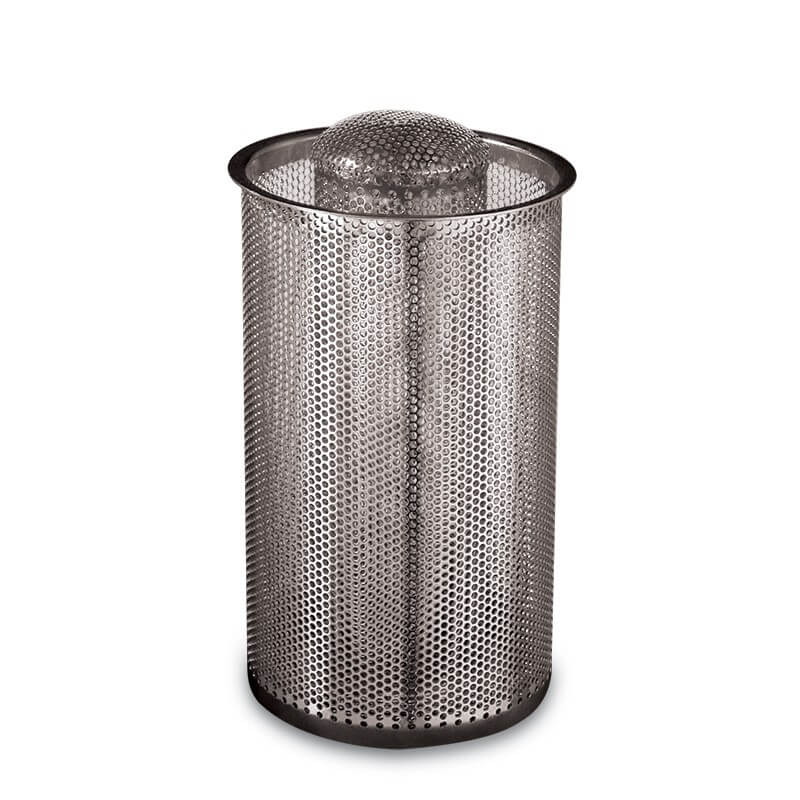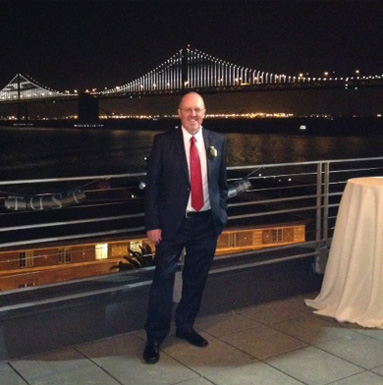
Sometimes there may be confusion on the difference(s) between a filter and a strainer as they both are designed to remove particles from a liquid or gas phase to meet a required effluent quality and may be used to protect downstream equipment from contaminant damage. A filter is normally a disposable medium that meets a much tighter effluent quality than a strainer and can be available in micron ranges down to 1 micron or less. When you require a coarser level of separation in a reusable medium such as a perforated plate or mesh screen, a strainer would normally be the choice. When strainers are chosen the coarser levels would use a perforated plate material (Ex: ¼” Perforation etc.) and also have the flexibility to go down to a mesh screen lining as fine as 200 mesh (74 Micron), although this level is normally fairly fine for a strainer to be utilized and may be better served by a filter depending on the specific application.
Because strainers are normally much coarser than filters and there is a much lower resistance to flow, the normal clean pressure drop is easily maintained in a smaller footprint. Functionally, strainers are normally utilized to protect downstream equipment (Ex: Pumps & Instrumentation, Valves, etc.) from damage from rogue contaminants that may be present in the process stream and these need to be removed to meet a specific effluent quality. Choosing the right designed strainer can prevent a lot of downstream maintenance issues and it is of paramount importance to have all the facts before making the final decision for your application to ensure it is operationally efficient for the specific purpose.
There are several types of strainers commonly available and these range from temporary style strainers (sometimes called Witch’s Hat) used during start-up periods for new facilities, and permanent style strainers such as Y & Basket Style Strainers. Basket strainers are normally designed to have a much greater surface straining area than Y-Strainers and they can be either a single or duplex design complete with valves or piping so one unit can be on standby and switch to the other side for maintenance and cleaning as required. Because Y-Strainers usually have a much lower dirt holding capacity than basket strainers they require more frequent cleaning and are normally used where expected contaminant levels are low and they can provide a defined level of guard protection for downstream equipment.
Fabricated Basket Strainers can range in size from 4” OD up to 48+” OD for high flow pipeline applications and can be customized to ensure they meet all the process parameters. PS Filter Strainers can be manufactured in various MOC (Materials of Construction) dependent on the process conditions and built to ASME Code Standards with other applicable certification such as CRN (Canadian Registration Number-For the Required Provincial Registration).
Customization to be an operational fit for your process requirements is the main criteria we take into account when we design our strainers to meet your exact specifications to be ensured to provide years of quality service. Contact us today.
Request Information
As an Energy Industry Professional Neil has a well-rounded knowledge of what it takes to effectively produce oil and gas to maximize the benefit. For the past 34 years working in the Oil-Patch, Safety and Environmental Protection has always been important to Neil and his associates. Neil feels Energy Companies and the Industry have come a long way to do things better and safer while continuing to contribute to a Global Economy and continues to look at the future with a positive attitude.